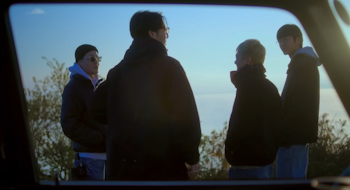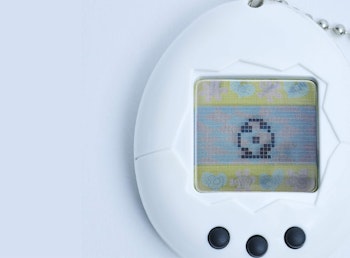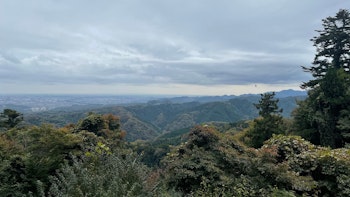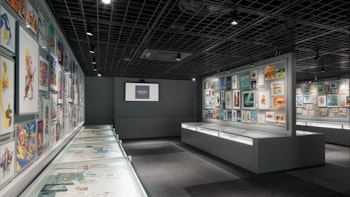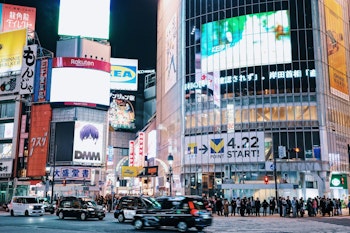
On April 25th, after a 6-month renovation, a landmark of the Shibuya Scramble Crossing re-opened. What re-opened sucks the soul from Shibuya for the highest bidder.
Of all the buildings standing directly on the iconic crossing, the towering Q-Front building within which TSUTAYA’s largest Tokyo store operated stood as a bastion of modern and mainstream Japanese pop culture, with 8 floors above and 2 below ground dedicated to sales and rentals of the oldest and newest movies, CDs and games.
Historically, Shibuya has been a trendsetter. What was cool in Shibuya was cool across Tokyo, whether that be the fashion worn on its streets or sold in the omnipotent 109 department store or the music reverberating from its live houses and venues. To promote in the city defined you as cool, and even as trends have become increasingly defined by the internet and the area has grown more corporate, that image remains. The lights and screens of Scramble, Tokyo’s own Times Square, emanates an importance that resonates and awes in equal measure.

TSUTAYA took over the building in 1999 to transform into its flagship entertainment store, instantly elevating itself as a rival to the long-standing flagship Tower Records inches down the street. What helped the store stand out was both its location on Tokyo’s biggest crossing and its unique offerings: the store utilized its space for both advertising and PR alongside chaotic discovery, a bastion for media in the heart of the bustle.
Just before its closure for renovations in 2023, the store had everything. Its first floor was a chaotic array of new releases with space set aside for labels to promote new music and movies with large banners on the wall or even display space. Regularly, the store would host costumes worn by musicians during concerts. The second floor was a messy blend of movie sales and a built-in Starbucks that overlooked the crossing, with further music and video sales occurring on the third floor, as well as two floors underground including a floor dedicated to gaming.
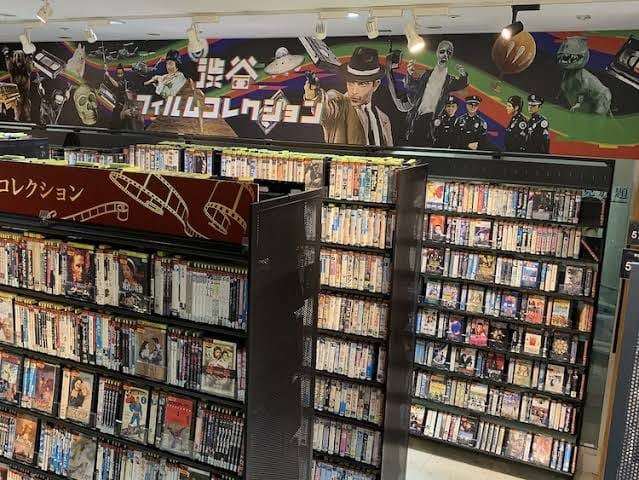
On the fourth and fifth floor, the store hosted thousands of rental movies and CDs for reasonable prices. You could rent half a dozen movies for ¥1000 unless you were desparate for new-release favorites, with music also available for a similar price, and the space was a preservationist and media discovery paradise. Most unique of all, you could even rent a VHS player and VHS films, many of which were out of print and never available beyond the classic format, making it more than nostalgia. Coupled with a bookstore and cafe above it all, and you had a perfect space for salarymen and schoolkids alike to pick up something new before taking the train home.
It was still a store showing its age, and the popularity of the Starbucks made it at-times difficult to navigate amidst swarms of visitors. It was in need of renovation, but it’s hard not to view the resulting building as an IP-laden cash grab that robs a once-bastion of physical media of its heart.
TSUTAYA themed their renovations under the phrase ‘Build a world with the things you love’. The first floor space was gutted bare to create an open-plan space for full-floor advertising takeovers. To open the store in April, Wind Breakers was the theme, a cold space for photo spots with a plastered advert protruding into the scramble itself. Since then, these takeovers have included stores with merchandise for sale, such as a First Slam Dunk takeover that replaced the open space with a baseball court.

Rather than finding something new this only existed to tempt the converted, turning prime real estate on Tokyo’s biggest crossing into a billboard for the highest bidder, often depressingly corporate and disconnected from the excitement of the city (a Samsung Galaxy Fold takeover, anyone?). Worse, at times when no one rents the space, it sits deserted, cordoned off from the world, an unwanted white void illuminated only by the lonely glow of a Tsutaya logo.
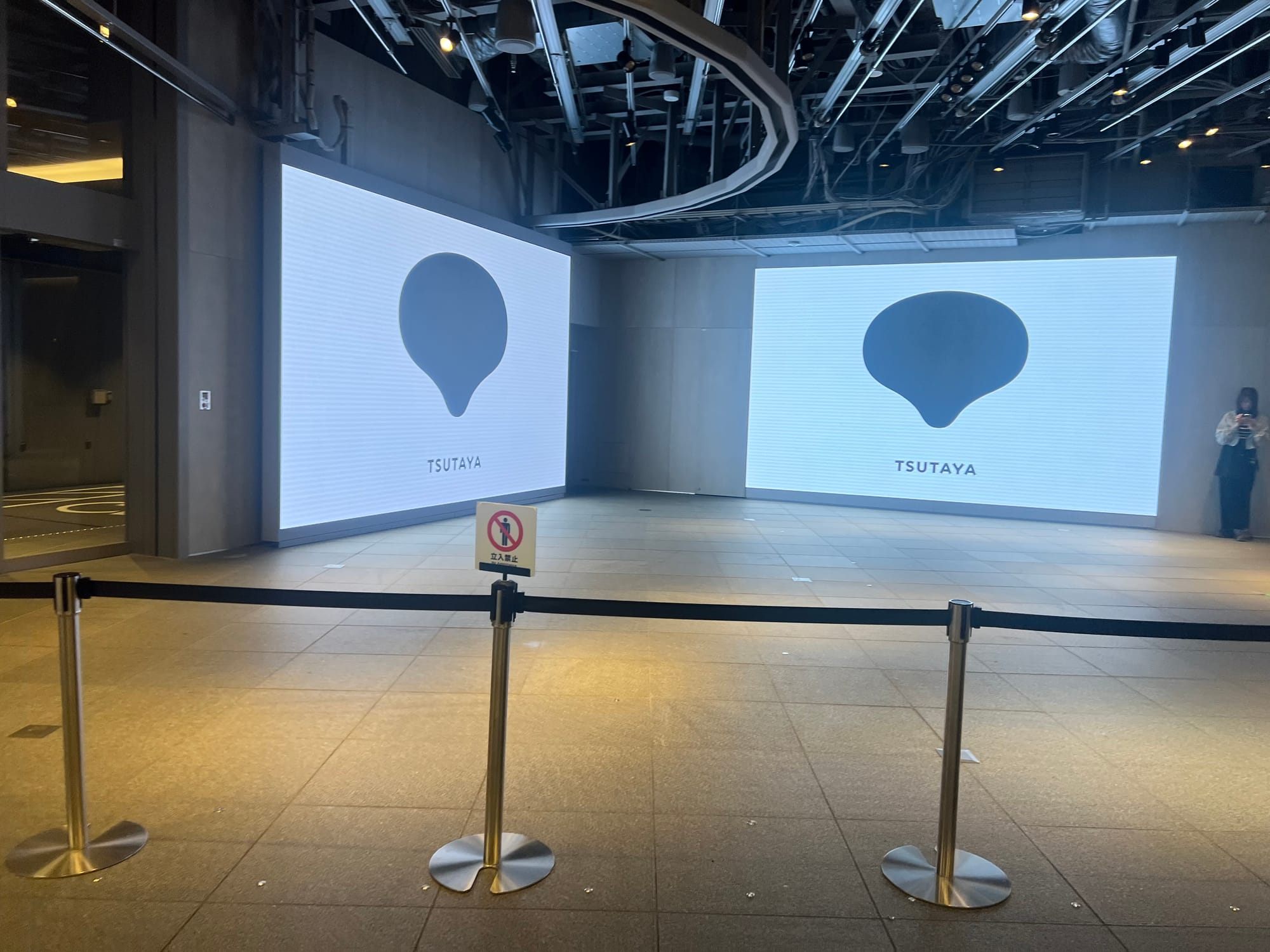
It doesn’t get better elsewhere. The first below-ground floor is another pop-up, and the third and fourth floor have been taken over by the company’s Share Lounge corporate working spaces. They’re decent co-working spaces, but feel unnecessary when the space to work is minimal and numerous other Share Lounges in Shibuya exist, including inside the building directly behind this. The floor above consists of a Pokémon-themed Share Lounge that appears empty on every visit. Of course. Although there’s a few large-scale cards that found home on display following public showcase during the Yokohama Pokémon World Championships, why would you spend almost 2000yen for an hour of Pokémon Card Game battles when card game stores offer their space for free, filled with community spirit?

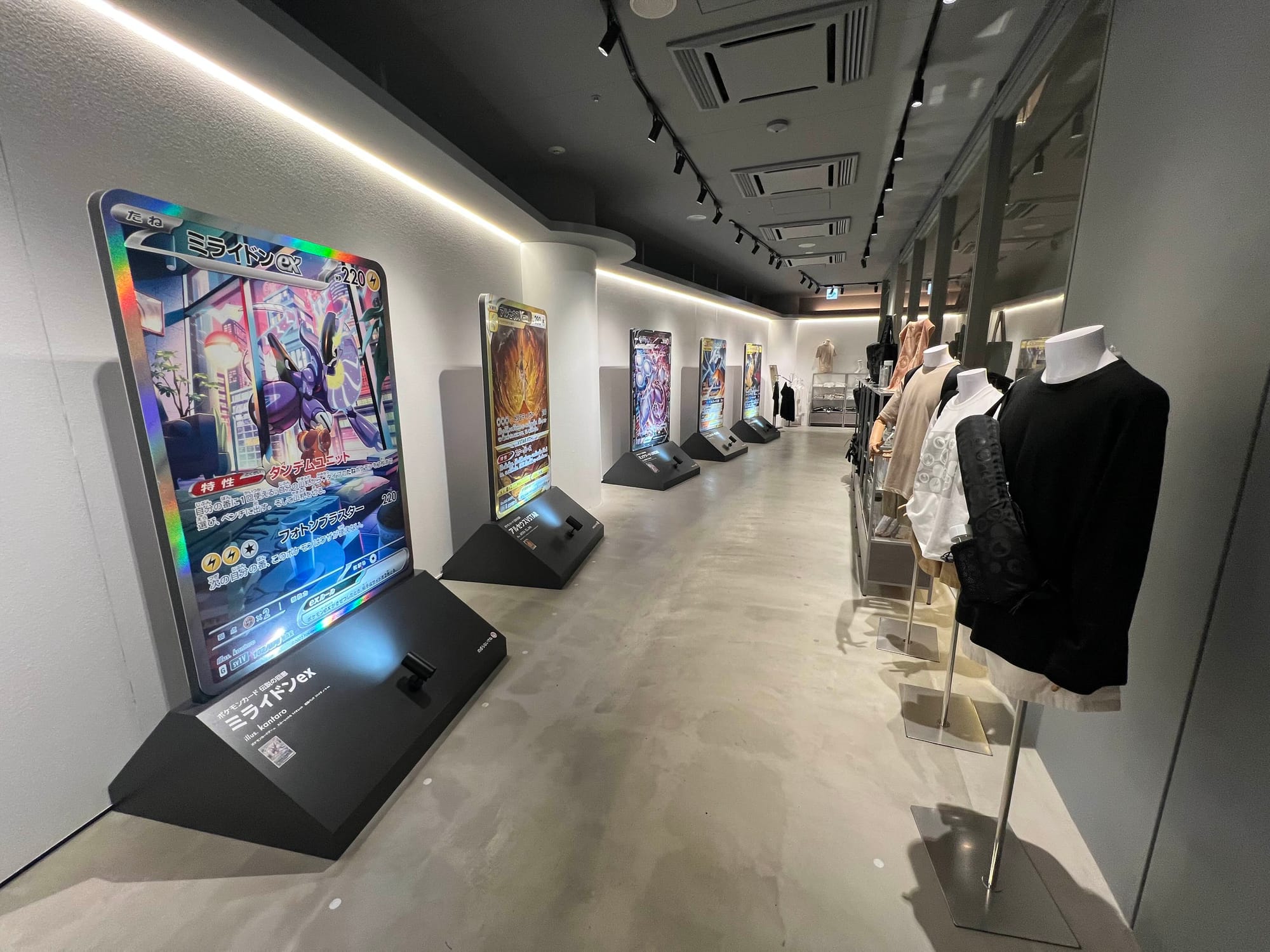
Further ‘IP Stores’ and a collaboration cafe space take up the remaining space. In an almost insulting reminder of what was lost, the B2 floor includes a barren replacement of what the first floor of the pre-renovation building once held, without the excitement of people seeking out new music. It’s always been a business, but compared to before it feels cold. Even interesting events, such as a recent pop-up store on B1 dedicated to 2.5D musicals including a costume display, felt claustrophobically business-like.
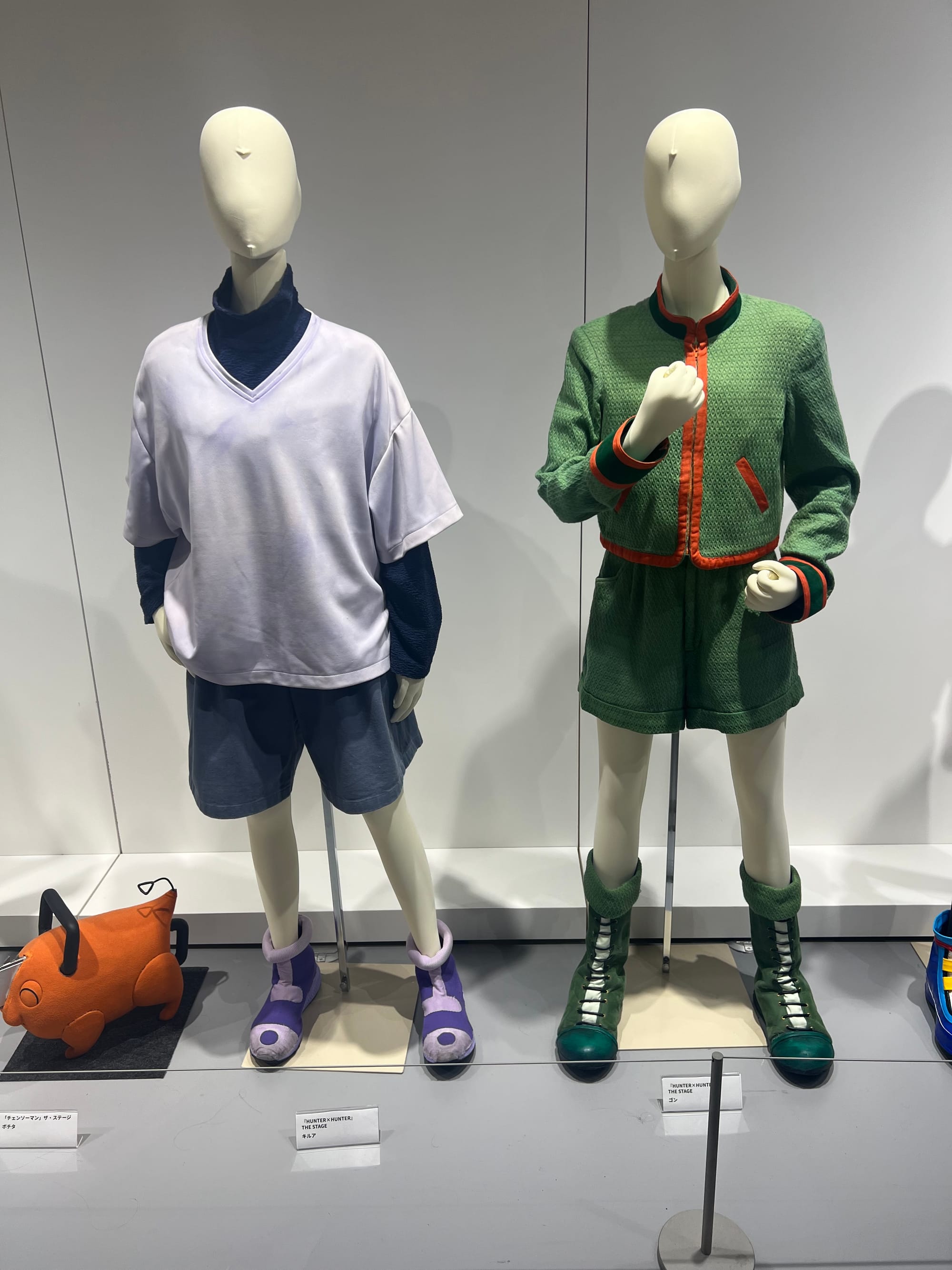
Perhaps Tsutaya makes more selling their space to others. But isn’t that a sad replacement of culture? Don’t the public deserve a place to share and discover pop culture? Crowds would gather on new release days to trade bonus goodies or buy music together, it was a constant hub of activity in the way the current iteration has yet to excite. Personally, I always found something new, while the rental space was in constant use by myself for research both during my university years and since as a journalist. An article I wrote discussing Happy Science and Japanese new religious groups would not have been possible without renting hard-to-find documentaries like A and A2, and that’s only one example.
If one goal is to use anime to attract tourists, it fails there also. Even when an event is appealing to tourists, such as a recent event celebrating a new Remix album for Akira, the structure can feel inaccessible. While the pop-up store and cel exhibition was open to all, they also held a concert to play the music live one day only on the first floor. Details on how to get tickets were only in Japanese, and I witnessed many interested tourists turned away because they were too late to participate.

It no longer feels special. Pop-up stores and cafes exist city-wide, and it’s impossible to be a trendsetter when your store constantly feels like it’s chasing or, worse, forcing the conversation on new media.
It doesn’t need to be this way. A short distance up the road in Harajuku, the recently-opened Tokyu Plaza feels like a rebuke of this concept. As you ascend the floors, a few name stores share the space with small independent brands, local artists and coffee shops, many given space by the developers on a rotating basis in order to showcase their work in a way that feel like a natural insight into the city’s creative heart. Commissioned art dominates the space, and a large rooftop space shared with independent restaurants creates a space fueled by a currency of cultural enrichment, rather than purely currency.
Indeed, as Harajuku itself has fought a tourist overflow, particularly on its famed Takeshita Street, proactive efforts have been made to bring fashion-conscious and youth voices back. In the Laforet Harajuku building, the below-ground floors are dedicated to subculture brands, lolita fashion and the so-called Love and Madness Market, a space for students and creatives to sell their work.

You can’t instill culture on people that set the conversation for themselves. In a time when VTubing and the inroads of utaite, Vocaloid and broader internet culture into the mainstream represents a desire for authenticity, Shibuya TSUTAYA is a betrayal of what stood for almost a quarter of a century.
But hey, at least that second-floor Starbucks is a little bigger than it used to be.



